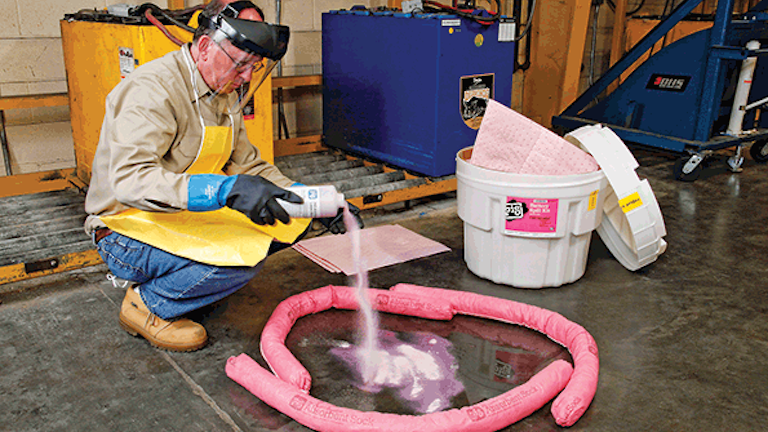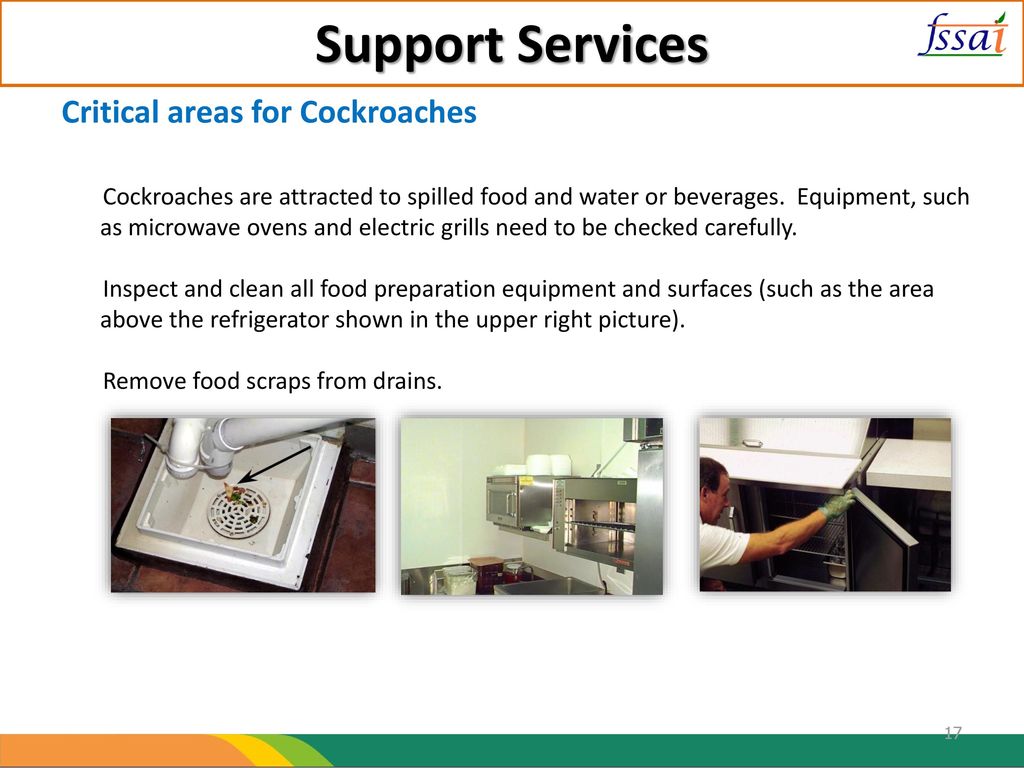A food handler cleans dirty dishes using hot water and then puts them away with the rest of the clean dishes.
A food handler cleans up a spill what should the food handler do next.
Don t cough or sneeze into food or your hands.
A food handler cleans up a spill.
A food handler cleans dirty dishes using hot water and then puts them away with the rest of the clean dishes.
Using the proper tools to handle hazardous waste materials will help ensure the security and well being of customers and employees.
Help maintain a safe sanitary workplace by adhering to health department regulations with our designated spill clean up tools.
If they re using the spill pads all the time you can reinforce your health policy every time there is a spill.
As a staff member cleans up a spill that s the time to train and make it an education piece on how to also contain bodily fluids that can contaminate food.
A food handler cleans up a spill.
This should be pretty obvious.
The hands are in direct contact with food and are one of the places in the body that accumulates the most bacteria although sometimes we do not realize it therefore when someone handles food they must.
The food handler should wash hands correctly.
Turn the thermostat down c.
Wash your hands afterwards using the.
Someone who handles food must be a 100 hygienic person it is not only important to keep the work area clean but also the hands.
During hand washing food handlers should scrub their hands and arms thoroughly clean their a.
Tell the manager.
Move the food to another cooler d.
This is an example of poor cleaning and sanitizing a food handler washes hands and changes gloves after prepping hamburgers and before chopping lettuce.
We understand that sometimes you just can t control it but if you absolutely must cough or sneeze make sure that you.
A food handler noticed that the temperature of the cooler is 55 degrees f 13 degrees c.
What should the food handler do next.
Wash hands correctly is what the handler do next.
The correct answer is wash his hands.
The same applies to a foodservice environment.
What should the food handler do next.
That said formal training should be done first and then regularly based on changes in menu prep and procedures.
Upper arms c.
Throw out any food that was in the line of fire try to do so into a bent elbow well away from food.
This is an example of poor cleaning and sanitizing.


























